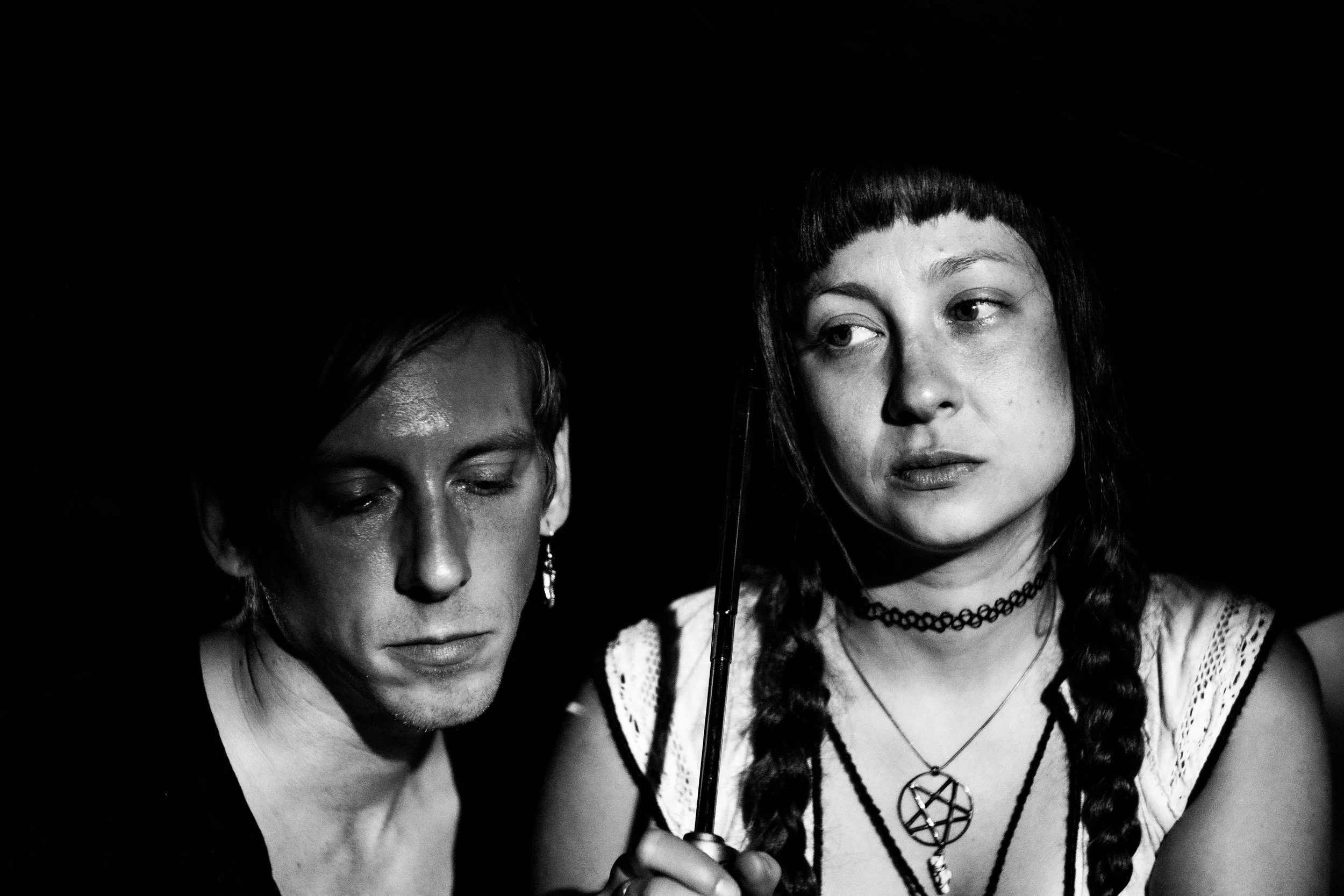‘Orson and Akira’ by Ingrid Casey
His name is Orson Welles, he’s a thirteen-year-old girl, all nineties mushroom hair, a zombie from the working class colonial-within- postcolonial margins, he’s got no Nikes or Eminem CDs, he can just about speak roundabout Dublinese and morph his accent back for the afternoons. His bully is Akira Kurosawa, in the lower academic stream, hella jealous of this post primary interloper usurpation. Kurosawa is three-older-brothers deep in a parental situation – the kingdom is collapsing – but Orson’s blond mushroom hair and too-pretty Cupid’s bow and cheap runners irk Akira, and how does he know so much about hemlock and tamarack trees in Wisconsin? Orson is in the higher academic stream, without enough brand knowledge or street smart or toddler recognition of corporations and pop stars. Akira’s rage blows into these unrelated facts and settles there, a pile of sick ochre leaves, burnt heart-umber autumns, and it stones, and it stuns him. Orson’s is an elaborate synthetic religion, his proper home peers go to the convent in Stoneybatter and they don’t do camogie so they bring Orson charms, Santería, three-in-ones, Obeah, the Wolfe Tones and rave and soon, soon drugs. At school, Orson can become undead now, consecrated doll boyfriends and no whistles or saliva in the woods at lunchtime with Kurosawas and Eisensteins and Leans, or Truffauts who confuse Orson because they are mathemagicians and will go on to be CEOs and managing directors. One other Orson comforts Orson unexpectedly, too, sharing history and geography desks. He smells rich and strange and his brown eyes chant Armenian prayers in circles. Wealth and vast oceans and epochs sit with their rulers, pens, comfort-Orson’s long greasy hair swings and his extraordinary silent kindnesses are a boon. When he opens his mouth it’s only to speak, reverently, obsessively, about Creedence Clearwater Revival, words which sound to our Orson as splaying waterfalls and redemptive cadences. Orson Welles is a teenage girl, living at the tail end of Catholic repression. He’s really quite clever but his older sister is pregnant and this still causes a stir at his middle-class school. Too much nature for Kurosawa, like the monthly knicker work that is interfering, bleeding into his camogie schedule. Orson’s reprieves come though, during art class and music class, when the other Orson Welleses sing and draw. Orson Welles is a teenage girl, Orson Welles is a zombie. Orson Welles lives in West Dublin, in the nineties, undead, freed.
From issue #8: spring/summer 2019
About the Author
Ingrid Casey is a poet, parent, artist and activist. Her debut collection, Mandible (the Onslaught Press, 2018) has been described by Jessica Traynor as a ‘vital addition to Irish poetry’. In 2018 she produced Through the Cracks, a groundbreaking short documentary on families living in homeless accommodation.

